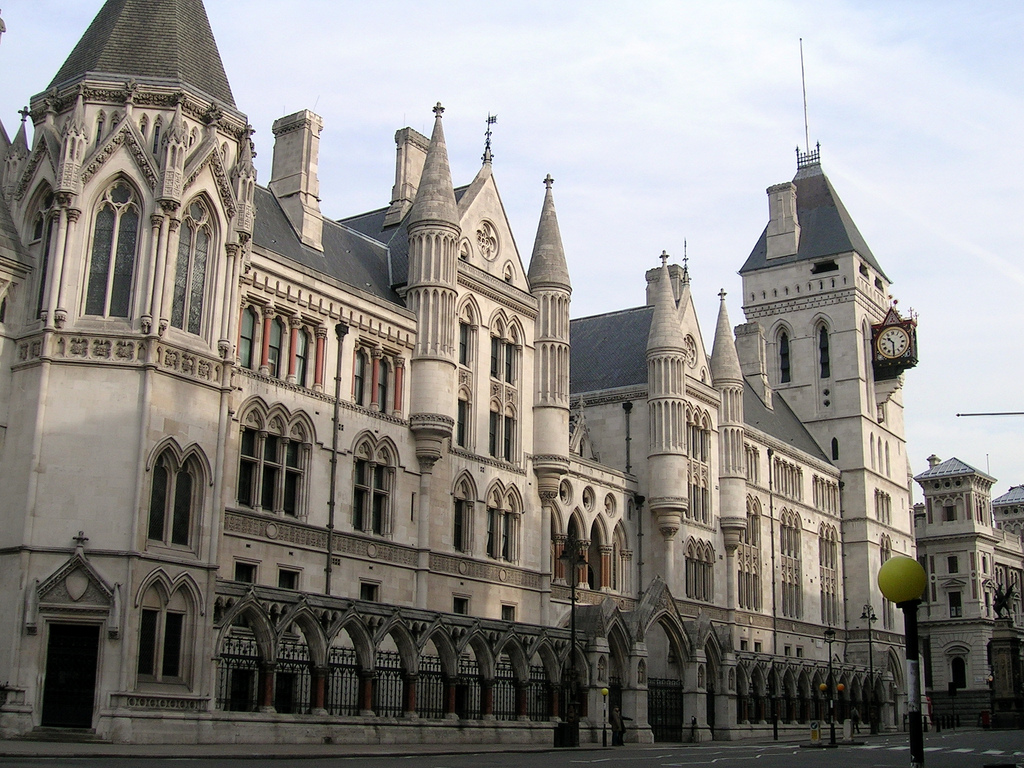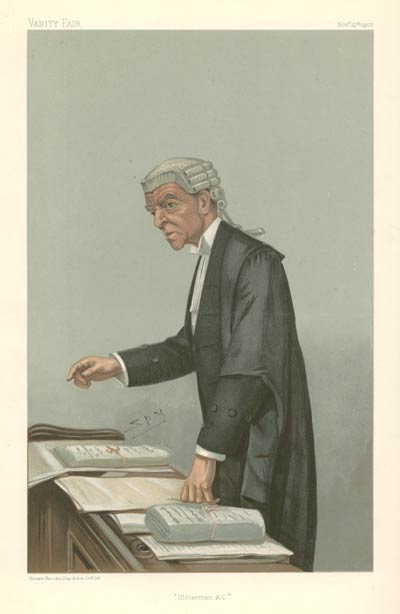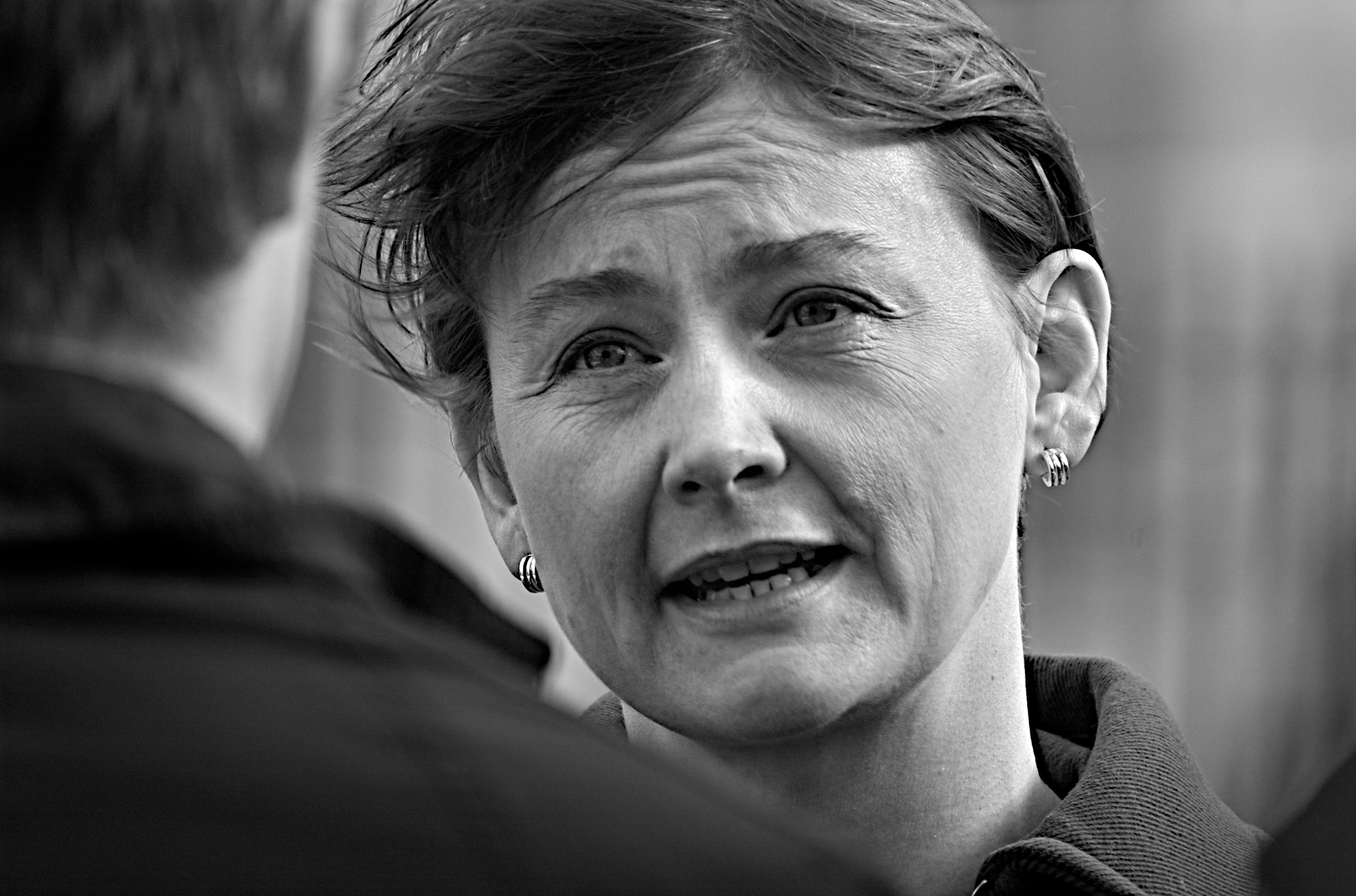|
Lady Arden
Mary Howarth Arden, Baroness Mance, , KC, PC (born 23 January 1947), known professionally as Lady Arden of Heswall, is a former Justice of the Supreme Court of the United Kingdom. Before that, she was a judge of the Court of Appeal of England and Wales. Early life and education Mary Howarth Arden was born in Liverpool, the daughter of Lieutenant-Colonel Eric Cuthbert Arden, of Heswall, Cheshire, a solicitor who had served with the Royal Garrison Artillery, and Mary Margaret (née Smith). Her grandfather was a partner in Gamon Arden and Co., a Liverpool firm of solicitors. Her father and brother, Roger, joined the family firm which merged with Hill Dickinson in 2007. She was brought up in south Liverpool and educated at Huyton College. She read law at Girton College, Cambridge, where she gained a starred first and an LLM, and an LLM degree at Harvard Law School in 1970 as a Kennedy Scholar. Career She was called to the bar at Gray's Inn in 1971, and joined Lincoln's Inn ... [...More Info...] [...Related Items...] OR: [Wikipedia] [Google] [Baidu] |
The Right Honourable
''The Right Honourable'' ( abbreviation: ''Rt Hon.'' or variations) is an honorific style traditionally applied to certain persons and collective bodies in the United Kingdom, the former British Empire and the Commonwealth of Nations. The term is predominantly used today as a style associated with the holding of certain senior public offices in the United Kingdom, Canada, New Zealand, and to a lesser extent, Australia. ''Right'' in this context is an adverb meaning 'very' or 'fully'. Grammatically, ''The Right Honourable'' is an adjectival phrase which gives information about a person. As such, it is not considered correct to apply it in direct address, nor to use it on its own as a title in place of a name; but rather it is used in the third person along with a name or noun to be modified. ''Right'' may be abbreviated to ''Rt'', and ''Honourable'' to ''Hon.'', or both. ''The'' is sometimes dropped in written abbreviated form, but is always pronounced. Countries with common or ... [...More Info...] [...Related Items...] OR: [Wikipedia] [Google] [Baidu] |
Royal Garrison Artillery
The Royal Garrison Artillery (RGA) was formed in 1899 as a distinct arm of the British Army's Royal Regiment of Artillery serving alongside the other two arms of the Regiment, the Royal Field Artillery (RFA) and the Royal Horse Artillery (RHA). The RGA were the 'technical' branch of the Royal Artillery who were responsible for much of the professionalisation of technical gunnery that was to occur during the First World War. It was originally established to man the guns of the British Empire's forts and fortresses, including coastal artillery batteries, the heavy gun batteries attached to each infantry division and the guns of the siege artillery. The RGA was amalgamated with the RFA in 1924, from which time the only two arms within the Royal Regiment of Artillery have been the Royal Artillery and the Royal Horse Artillery. Organisation The Royal Garrison Artillery came into existence as a separate entity when existing coastal defence, mountain, siege and heavy batteries of t ... [...More Info...] [...Related Items...] OR: [Wikipedia] [Google] [Baidu] |
High Court Of Justice Of England And Wales
The High Court of Justice in London, known properly as His Majesty's High Court of Justice in England, together with the Court of Appeal and the Crown Court, are the Senior Courts of England and Wales. Its name is abbreviated as EWHC (England and Wales High Court) for legal citation purposes. The High Court deals at first instance with all high value and high importance civil law (non- criminal) cases; it also has a supervisory jurisdiction over all subordinate courts and tribunals, with a few statutory exceptions, though there are debates as to whether these exceptions are effective. The High Court consists of three divisions: the King's Bench Division, the Chancery Division and the Family Division. Their jurisdictions overlap in some cases, and cases started in one division may be transferred by court order to another where appropriate. The differences of procedure and practice between divisions are partly historical, derived from the separate courts which were merged in ... [...More Info...] [...Related Items...] OR: [Wikipedia] [Google] [Baidu] |
Royal Holloway
Royal Holloway, University of London (RHUL), formally incorporated as Royal Holloway and Bedford New College, is a public research university and a constituent college of the federal University of London. It has six schools, 21 academic departments and approximately 10,500 undergraduate and postgraduate students from over 100 countries. The campus is located west of Egham, Surrey, from central London. The Egham campus was founded in 1879 by the Victorian entrepreneur and philanthropist Thomas Holloway. Royal Holloway College was officially opened in 1886 by Queen Victoria as an all-women college. It became a member of the University of London in 1900. In 1945, the college admitted male postgraduate students, and in 1965, around 100 of the first male undergraduates. In 1985, Royal Holloway merged with Bedford College (another former all-women's college in London). The merged college was named Royal Holloway and Bedford New College (RHBNC), this remaining the official registered ... [...More Info...] [...Related Items...] OR: [Wikipedia] [Google] [Baidu] |
Attorney-General Of The Duchy Of Lancaster
{{Use dmy dates, date=April 2022 The Attorney-General of the Duchy of Lancaster is the law officer of the Crown for matters arising in the Duchy of Lancaster. Attorneys-General *1478–1483: Richard Empson *1519–1522: John Hales *1522–1526: Edmund Knightley *1526–1531: Thomas Audley *1531–1535: Robert Wroth *1535–1536: John Baker *1538–1540: William Coningsby *1544–1566: John Caryll *1566–1580: George Bromley *1580–1613: Sir John Brograve *1614–1638: Sir Edward Mosley *1638–1644: Sir Thomas Bedingfield *1644–1649: Bulstrode Whitelocke *1649–1654: Bartholomew Hall *1654–1660: Nicholas Lechmere *1660–1688: John Heath *1689–1714: Edward Northey *1714–1722: Alexander Denton *1727–1728: Spencer Cowper *1733–1736?: Thomas Abney *1758–1763: Fletcher Norton *1770–1777: John Skynner *1777–1810: John Ord *fl. 1840: William Russell *1869: Park *1893–1895: Samuel Hall *1921– : Sir Joseph Herbert Cunliffe *1946–1947: David ... [...More Info...] [...Related Items...] OR: [Wikipedia] [Google] [Baidu] |
Queen's Counsel
In the United Kingdom and in some Commonwealth of Nations, Commonwealth countries, a King's Counsel (Post-nominal letters, post-nominal initials KC) during the reign of a king, or Queen's Counsel (post-nominal initials QC) during the reign of a queen regnant, queen, is a lawyer (usually a barrister or advocate) who is typically a senior trial lawyer. Technically appointed by the monarch of the country to be one of 'His [Her] Majesty's Counsel learned in the law', the position originated in England and Wales. Some Commonwealth countries have either abolished the position, or renamed it so as to remove monarchical connotations, for example, 'Senior counsel' or 'Senior Advocate'. Appointment as King's Counsel is an office, conferred by the Crown, that is recognised by courts. Members have the privilege of sitting within the inner Bar (law), bar of court. As members wear silk gowns of a particular design (see court dress), appointment as King's Counsel is known informally as ''rec ... [...More Info...] [...Related Items...] OR: [Wikipedia] [Google] [Baidu] |
Lincoln's Inn
The Honourable Society of Lincoln's Inn is one of the four Inns of Court in London to which barristers of England and Wales belong and where they are called to the Bar. (The other three are Middle Temple, Inner Temple and Gray's Inn.) Lincoln's Inn, along with the three other Inns of Court, is recognised as being one of the world's most prestigious professional bodies of judges and lawyers. Lincoln's Inn is situated in Holborn, in the London Borough of Camden, just on the border with the City of London and the City of Westminster, and across the road from London School of Economics and Political Science, Royal Courts of Justice and King's College London's Maughan Library. The nearest tube station is Holborn tube station or Chancery Lane. Lincoln's Inn is the largest Inn, covering . It is believed to be named after Henry de Lacy, 3rd Earl of Lincoln. History During the 12th and early 13th centuries, the law was taught in the City of London, primarily by the clergy. Then two ... [...More Info...] [...Related Items...] OR: [Wikipedia] [Google] [Baidu] |
Gray's Inn
The Honourable Society of Gray's Inn, commonly known as Gray's Inn, is one of the four Inns of Court (professional associations for barristers and judges) in London. To be called to the bar in order to practise as a barrister in England and Wales, an individual must belong to one of these inns. Located at the intersection of High Holborn and Gray's Inn Road in Central London, the Inn is a professional body and provides office and some residential accommodation for barristers. It is ruled by a governing council called "Pension," made up of the Masters of the Bench (or "benchers,") and led by the Treasurer, who is elected to serve a one-year term. The Inn is known for its gardens (the “Walks,”) which have existed since at least 1597. Gray's Inn does not claim a specific foundation date; none of the Inns of Court claims to be any older than the others. Law clerks and their apprentices have been established on the present site since at latest 1370, with records dating from 1381 ... [...More Info...] [...Related Items...] OR: [Wikipedia] [Google] [Baidu] |
Called To The Bar
The call to the bar is a legal term of art in most common law jurisdictions where persons must be qualified to be allowed to argue in court on behalf of another party and are then said to have been "called to the bar" or to have received "call to the bar". "The bar" is now used as a collective noun for barristers, but literally referred to the wooden barrier in old courtrooms, which separated the often crowded public area at the rear from the space near the judges reserved for those having business with the court. Barristers would sit or stand immediately behind it, facing the judge, and could use it as a table for their briefs. Like many other common law terms, the term originated in England in the Middle Ages, and the ''call to the bar'' refers to the summons issued to one found fit to speak at the "bar" of the royal courts. In time, English judges allowed only legally qualified men to address them on the law and later delegated the qualification and admission of barristers t ... [...More Info...] [...Related Items...] OR: [Wikipedia] [Google] [Baidu] |
Kennedy Scholar
Kennedy Scholarships provide full funding for up to ten British post-graduate students to study at either Harvard University or the Massachusetts Institute of Technology (MIT). Susan Hockfield, the sixteenth president of MIT, described the scholarship program as a way to "offer exceptional students unique opportunities to broaden their intellectual and personal horizons, in ways that are more important than ever in an era defined by global interaction.". In 2007, 163 applications were received, of which 10 were ultimately selected, for an acceptance rate of 6.1%. The creation of the Kennedy Memorial Trust Following the assassination of President John F. Kennedy in 1963, Sir Alec Douglas-Home, the Prime Minister of the United Kingdom, set about creating a national British memorial in his memory. He consulted with Harold Wilson (the Leader of HM's Loyal Opposition), Sir David Ormsby-Gore (British Ambassador to the United States), Dean Rusk (United States Secretary of State) and ... [...More Info...] [...Related Items...] OR: [Wikipedia] [Google] [Baidu] |
Master Of Laws
A Master of Laws (M.L. or LL.M.; Latin: ' or ') is an advanced postgraduate academic degree, pursued by those either holding an undergraduate academic law degree, a professional law degree, or an undergraduate degree in a related subject. In most jurisdictions, the "Master of Laws" is the advanced professional degree for those usually already admitted into legal practice. Background on legal education in common law countries To become a lawyer and practice law in most states and countries, a person must first obtain a law degree. While in most common law countries a Bachelor of Laws (LL.B.) is required, the U.S. generally require a professional doctorate, or Juris Doctor, to practice law. The Juris Doctor (J.D.) is a professional doctorate Under "Data notes" this article mentions that the J.D. is a professional doctorate.. Under "other references" differences between academic and professional doctorates, and contains a statement that the J.D. is a professional doctorate Report ... [...More Info...] [...Related Items...] OR: [Wikipedia] [Google] [Baidu] |
_(cropped).jpg)
%2C_St._David's%2C_Bermuda_in_2011.jpg)

.jpg)


